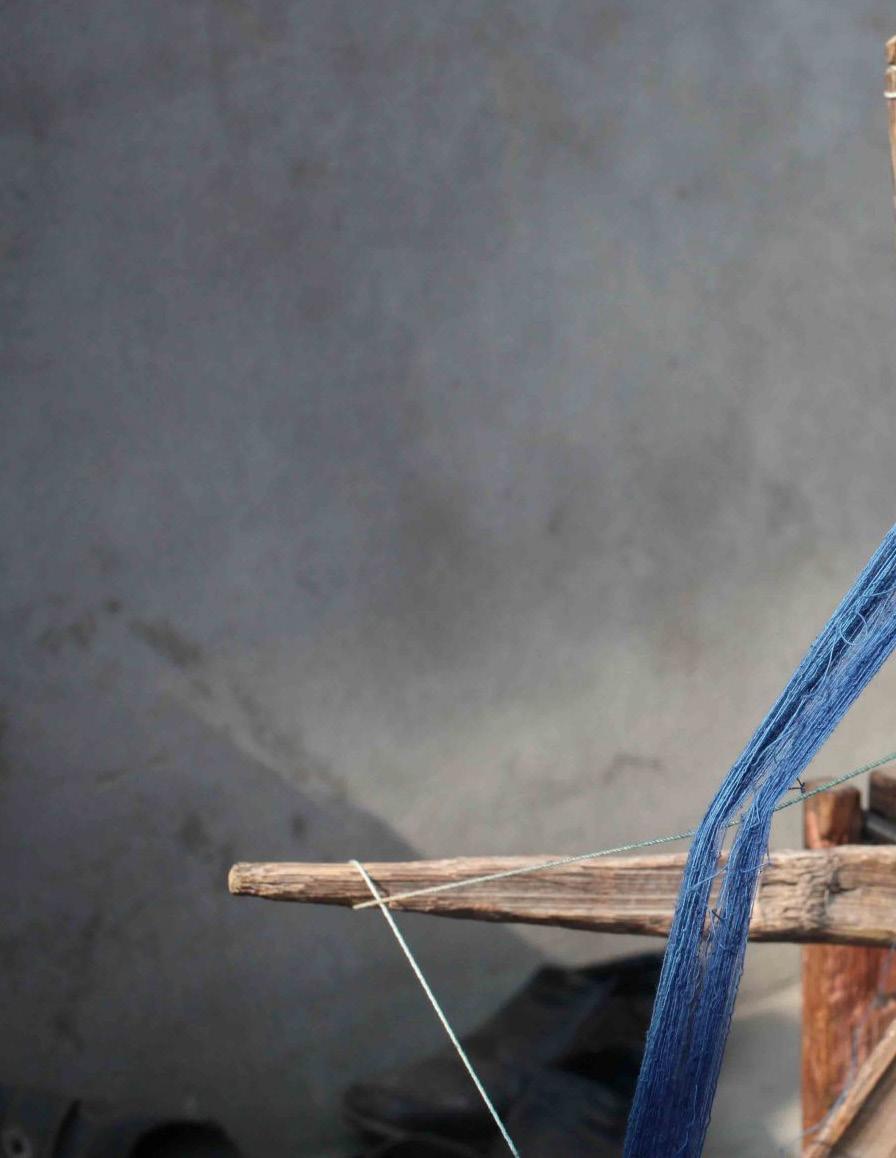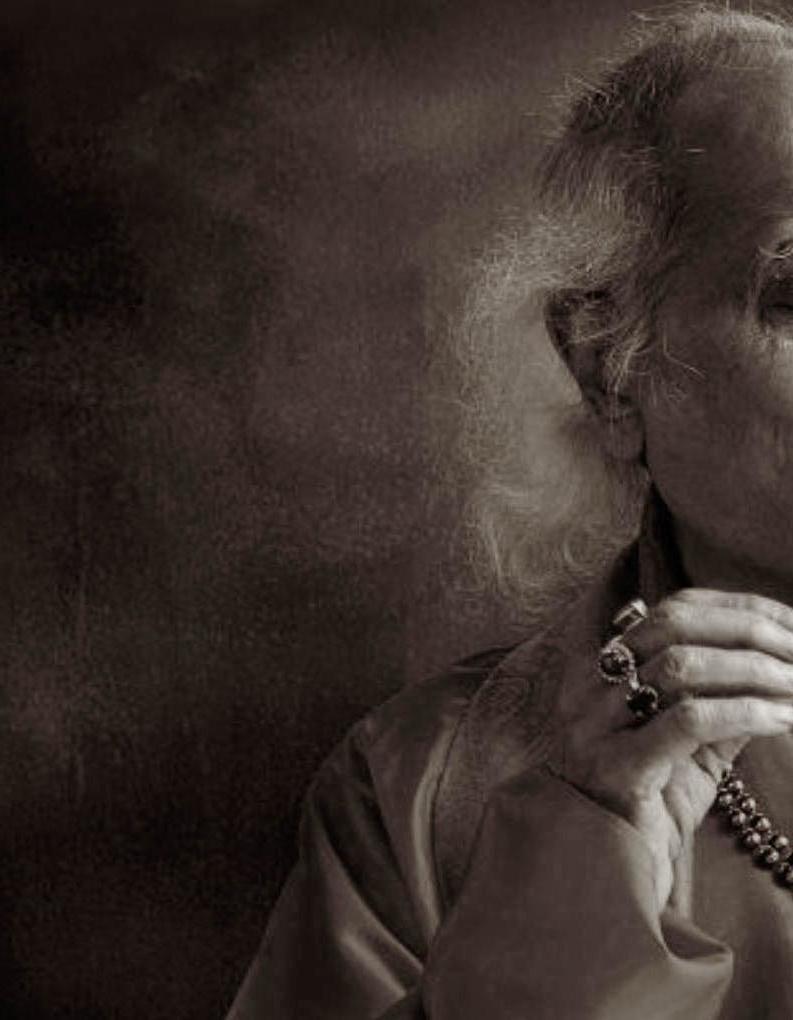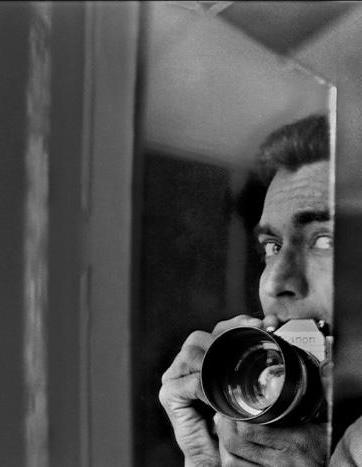
5 minute read
Story of India
Sapna Patel
Story of India is a multi-designer concept store where they promote organic and artistic designs. The store is housing exclusive women’s prêt, resort and couture lines along with Jewellery, bags, shoes and other accessories. The Multi-designer concept store with a unique preview of ethnic Summer Fashion from the best of fashion artists! Why hop from one shop to another, when you can grab the latest fashion from the best fashion artists in ethnic fashion space all under one roof.
Advertisement
Founder and fashion enthusiast, Sapna Patel belongs to a reputed business family of Ahmedabad. Her love for fashion and luxury gave birth to the Story of India. She has dedicated and outsourced herself to provide a platform for curators from all over India and understands the individuality of every designer. She aims to deliver a luxurious fashion experience with a wide choice of labels and designers from all across the country and has developed ‘Story of India’ as the city’s most fashionable address for individuals who are keen to wear designer clothes.




The artisan and handicrafts support network Story of India put on Weave In, a curated selection of sustainable handloom fashion labels, at Prahladnagar Garden in Ahmedabad. Weave In was a fashion exhibition and shopping event that presented six up-and-coming sustainable fashion labels: Galang Gabaan, Little Khadi, Advaita, Cross A Line, Priti Prashant, and Sagaa by Vanita. The event welcomed shoppers on March 12 to browse the labels and learn about their stories as well as about Indian handicrafts as a whole.
One of the brands featured, Galang Gabaan, showcased its clothing made from Odisha weaves. The brand, which means “with love” in the regional language of Santhali, brought along a selection of linen sarees, loose dresses, and casual separates featuring whimsical details like cut-out flowers. Little Khadi traveled over from New Delhi for the exhibition and presented its selection of Khadi children’s wear. The brand’s clothing takes its cues from traditional wear shapes but keeps them simple and fuss-free for children.
NIFT graduate Priti Prashant presented a collection of brightly coloured sarees and dresses and the other brands showed a similar selection of handcrafted clothing. The event saw Ahmedabad celebrate handcrafted fashion as well as this crop of fresh labels.
‘Story of India’ curated the finest in Indian fashion and represents the pinnacle of modern luxury and service. Founded by Sapna Patel, ‘Story of India’ has become a leading fashion destination in Ahmedabad. We envision bringing Indian craftsmanship to the forefront of global retail, and are committed to delivering an extraordinary fashion experience. Our boutiques carry the latest creations by India’s most prominent and acclaimed brands including – Pero, Eka, Tokree, Shorsee, Lajjoo C, Kaveri, Urvashi Kaur, Ulupi, Love Birds, Cord, Plavate, etc. As a pioneer in the fashion industry, our philosophy is the culmination of good aesthetics, eclectic styling, great client servicing and hosting “occasion wear” — a must in a country that is always celebrating! Sustainable fashion is today a highly debated and increasingly covered topic in media and at seminars worldwide. More and more clothing companies are transforming their business models and improving their supply chains to reduce overall environmental impacts, improve social conditions in factories, etc. We also see a growing awareness among consumers, especially younger generations. (It may be added that some individuals rightly question whether the word “sustainable” should in fact be used in relation to the fashion industry, which by definition relies on fast consumption. A better term may thus be more sustainable fashion. When we learn about “sustainable fashion”, we soon realize that there are many forms of (more) sustainable fashion. Some actors and individuals emphasize the importance of making clothes in a more environmentally friendly manner, while others advocate second hand/ vintage or underline the benefits of swapping, renting or borrowing clothes as opposed to purchasing newly produced clothes. All strategies promoting more environmentally, socially and ethically conscious production and consumption are important steps towards a more sustainable industry. Ideally, all aspects of the figure above should be combined for every new garment produced. Hence each



garment should first be manufactured on demand or custom-made, in high quality and timeless design, in an environmentally friendly manner and with consideration to various ethical aspects. Thereafter, it should be used long and well through good care, repair and perhaps redesign. When the product is no longer desired, it should be handed in to a second hand shop, donated to charity or handed over to friends, relatives or perhaps a swap-shop, to prolong its active life. When the garment is completely worn out, it should be returned to a collection point for recycling of the textile material, which can hence be reused in the manufacturing of new clothes or other textile products. Ideally, instead of buying newly produced clothes, one should consider renting, borrowing or swapping clothes, or to buy second hand or vintage. The seven forms of sustainable fashion from a consumer and producer perspective. Although ideally, clothes and other fashion products should be produced and consumed in the manner described above, in reality this is not the case yet. What we rather should seek, is that every individual tries to find his or her form(s) of more sustainable fashion. All forms do not necessarily suit all people equally well because we all have different needs and preferences. Some individuals – usually younger – prefer to experiment with and renew their wardrobes often; using “Second hand & Vintage”, “Repair, Redesign & Upcycle” and “Rent, Loan & Swap” would possibly be of most interest. For people who prefer newly manufactured clothes without history and who have a consistent style, “On demand” and “High quality & Timeless design” are likely to be most attractive. Whether one prefers to renew the wardrobe often or more sporadically, “Green & Clean” and “Fair & Ethical” are important choices when purchasing new clothing. we all should aspire as much as possible, although it may entail a somewhat higher price tag.


Runaway Bicycle
A State Of Perpetual Sincerity ALICE








